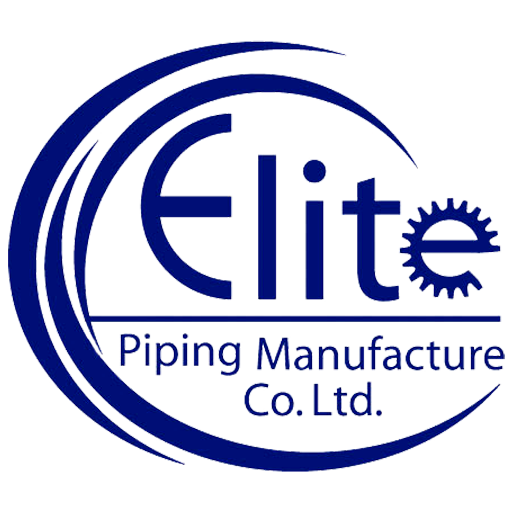Share this
In the flange manufacturing industry, marking is not just a simple procedure—it’s a vital step that connects production with practical application. A clear and accurate marking provides strong support for product traceability, quality verification, on-site installation, and future maintenance.
Typical flange markings include: factory logo, product name, size, pressure rating, material grade, applicable standard, heat number, and, if required, NACE compliance. The specific content may vary depending on customer requirements, international standards, or industry norms, ensuring that the flange meets global usage and compliance expectations.
For example, ASME B16.5 outlines the minimum marking requirements for blind and weld neck flanges, while EN1092 and GOST standards each have their own marking formats. For international shipments, proper and standardized markings are crucial for customs clearance, on-site inspections, and project acceptance.
There are three common marking methods: steel stamping, laser engraving, and roll marking. Steel stamping is cost-effective and suitable for small to medium batches. Laser marking offers high precision and a clean appearance, ideal for orders that demand strict visual and quality standards. Roll marking is well-suited for automated mass production, ensuring consistency and efficiency.
Importantly, flange marking is not optional—it is a critical part of the product quality control process. Proper markings reflect the manufacturer’s professionalism and responsibility, while also serving as a reliable reference for future maintenance, part replacement, and inspection procedures.
At Elite Piping, every flange undergoes strict marking inspection before delivery. We believe that clear, standardized marking is not only the product’s “ID card”, but also a testament to our commitment to quality.

